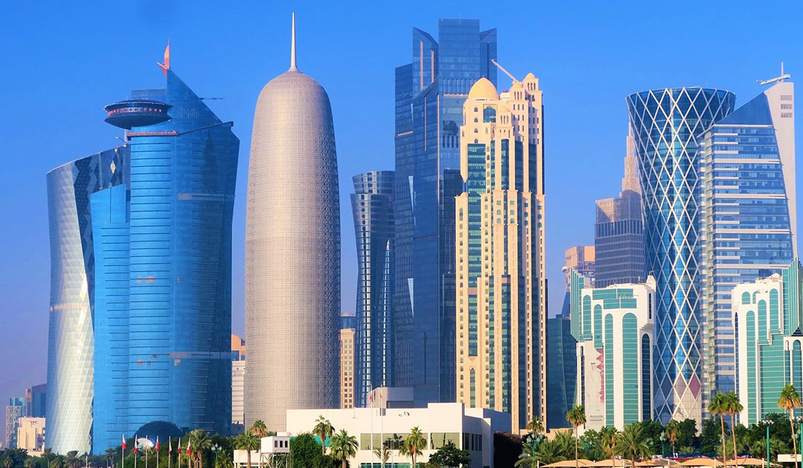
Doha
Data from the National Planning Council showed that 741 building permits were issued across various municipalities in the state during July, marking a growth of 36 percent compared to June, which saw 543 permits issued.
The Council's statement highlighted that when comparing the permits issued in July 2024 with the previous month, there was an increase across most municipalities: Al Shamal by 89 percent, Al Khor by 44 percent, Al Sheehaniya by 41 percent, Doha by 39 percent, Umm Salal by 37 percent, Al Wakrah by 34 percent, Al Daayen by 32 percent, and Al Rayyan by 32 percent.
Geographically, Al Rayyan led the municipalities in the number of building permits issued, with 192 permits, accounting for 26 percent of the total permits issued. Doha followed in second place with 159 permits (21 percent), then Al Daayen with 151 permits (20 percent), and Al Wakrah with 98 permits (13 percent). The remaining permits were distributed among Al Khor (52 permits, 7 percent), Umm Salal (48 permits, 6 percent), Al Sheehaniya (24 permits, 3 percent), and Al Shamal (17 permits, 2 percent).
The data also revealed that the number of new building permits, both residential and non-residential, constituted 36 percent (269 permits) of the total permits issued in July 2024, while permits for additions accounted for 61 percent (455 permits), and perimeter fencing permits made up 2 percent (17 permits).
In terms of new residential buildings, villas topped the list, making up 86 percent (183 permits) of the total new residential building permits, followed by apartment buildings at 13 percent (28 permits), and other residential buildings at 1 percent (1 permit).
For new non-residential buildings, industrial structures such as workshops and factories led with 39 percent (22 permits), followed by service/infrastructure buildings at 28 percent (16 permits), and mosques at 16 percent (9 permits).
Regarding building completion certificates, 360 certificates were issued in July, reflecting a 4 percent decrease compared to June 2024. This decline was notably observed in the municipalities of Doha (52 percent) and Umm Salal (5 percent), while there was a significant increase in Al Wakrah (102 percent), Al Khor (55 percent), Al Shamal (29 percent), Al Daayen (8 percent), and Al Rayyan (6 percent), with no change in Al Sheehaniya.
Geographically, Al Rayyan led the issuance of building completion certificates with 92 certificates, representing 26 percent of the total. Al Wakrah followed with 89 certificates (25 percent), then Doha with 70 certificates (19 percent), and Al Daayen with 53 certificates (15 percent). The remaining certificates were distributed across Umm Salal (21 certificates, 6 percent), Al Khor (17 certificates, 5 percent), and both Al Sheehaniya and Al Shamal (9 certificates, 2 percent each).
In terms of the types of certificates issued, the data indicates that certificates for the completion of new buildings, both residential and non-residential, accounted for 84 percent (303 certificates) of the total issued in July 2024, while certificates for building additions made up 16 percent (57 certificates).
Among the residential buildings, villas led the completion certificates with 94 percent (238 certificates) of the total, followed by apartment buildings at 5 percent (12 certificates), and other residential buildings at 1 percent (4 certificates).
For non-residential buildings, commercial and administrative buildings topped the list of completion certificates at 61 percent (30 certificates), followed by industrial buildings such as workshops and factories at 14 percent (7 certificates), and mosques and service/infrastructure buildings at 8 percent (4 certificates) each.
(QNA)
.jpg)
Qatar Secures Place Among the World's Top 10 Wealthiest Nations
.jpg)
Hamad International Airport Witnesses Record Increase in Passenger Traffic

Saudi Arabia: Any visa holder can now perform Umrah

What are Qatar's Labour Laws on Annual Leave?
Leave a comment